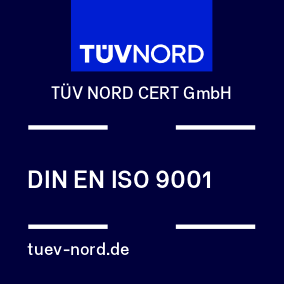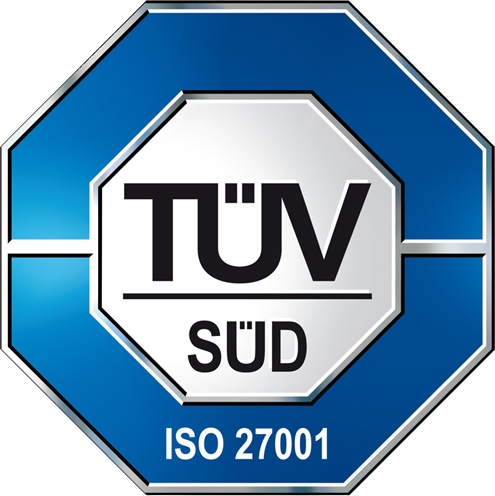Main content:
New study shows intellectual property is good for the European economy
Munich/Alicante, 25 October 2016 -- The European Patent Office (EPO) and the EU Intellectual Property Office (EUIPO) today published their second EU-wide study of the impact of Intellectual Property Rights (IPR) on the European economy in terms of GDP, employment, wages and trade.
The study finds that more than 42% of total economic activity in the EU (some €5.7 trillion annually) is generated by IPR-intensive industries, and approximately 38% of all employment in the EU (82 million jobs) stems from such industries that have a higher than average use of IP rights. The report also finds that average wages in IPR-intensive industries are more than 46% higher than in other industries.
These industries also appear to have shown more resilience in the face of the economic crisis: A comparison of the results of this study (which covers the period 2011-2013) with those of the previous edition (covering 2008-2010) reveals that the contribution of these industries to the EU economy has increased slightly.
EPO President Benoît Battistelli said: "Our second joint report confirms the benefits of patents and other IPRs for the European economy. Intangible assets are increasingly important for innovative companies today, especially for SMEs, but also for research centres and universities. We again see that this has a positive impact on jobs, growth and prosperity. But in order to remain competitive in the global economy, Europe needs to encourage even further the development and use of new technology and innovations."
António Campinos, Executive Director of the EUIPO said: “The rapidly changing nature of business in the 21st century means that the EU and global economy relies strongly on Intellectual Property Rights such as trademarks, designs, patents and other rights. The current report shows this reliance is continuing to grow and that these rights are often used inter-dependently. This poses the challenge of ensuring that IP Rights are more accessible to all businesses, including SMEs, and are protected effectively against infringements, in order to help the EU to retain its innovative strengths and further leverage jobs and growth”.
The study covers a broad range of IP rights – patents, trademarks, designs, copyright, geographical indications (GIs) and plant variety rights – identifies the industries that use them relatively intensively, and quantifies the contribution of these IPR-intensive industries to a variety of economic indicators, in particular grossdomestic product (GDP), employment, wages and external trade, at EU level. It uses a similar methodology to the previous EPO-EUIPO study published in 2013 and comparable studies conducted in the US.
EU industry strong in green technologies
According to the report, IP-intensive industries account for approximately 90% of the EU's trade with the rest of the world. The study finds that the EU is particularly strong in Climate Change Mitigation Technologies (CCMTs), with this sector employing 1.2% of the EU workforce, but generating 2.1% of the economic output and significant proportion of the positive balance of trade between the EU and the rest of the world.
Design-intensive industries an important driver of trade
European businesses also excel in design. Industries which intensively use design contributed more than 243 billion euros to the EU external trade balance in 2013. Design-intensive companies generated 18% of the EU’s GDP, and created 38.7 million jobs.
According to the report, about half of all EU industries are IP-intensive, with engineering, real estate, financial and insurance activities, manufacture of motor vehicles, computers and pharmaceuticals among the top 20 IPR-intensive industries in Europe.
A similar study published in September 2016 by the US Patent and Trademark Office resulted in comparable findings for the US economy. The share of employment and GDP in IPR-intensive industries is somewhat higher in Europe than in the US. IPR-intensive industries also strongly contribute to US external trade, but in somewhat lower proportions than in Europe. Both studies find the same 46% wage premium for workers in IPR-intensive industries.
Further information: Study on the EUIPO website
25. October 2016
